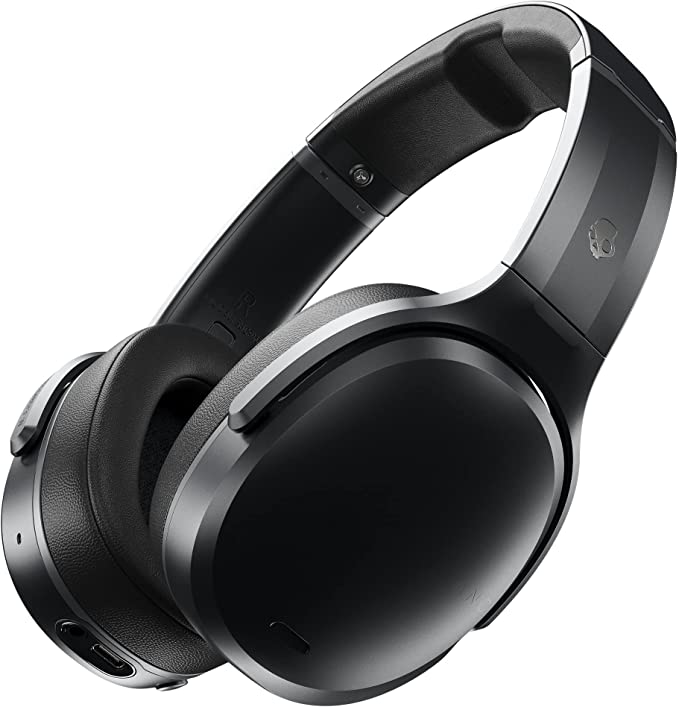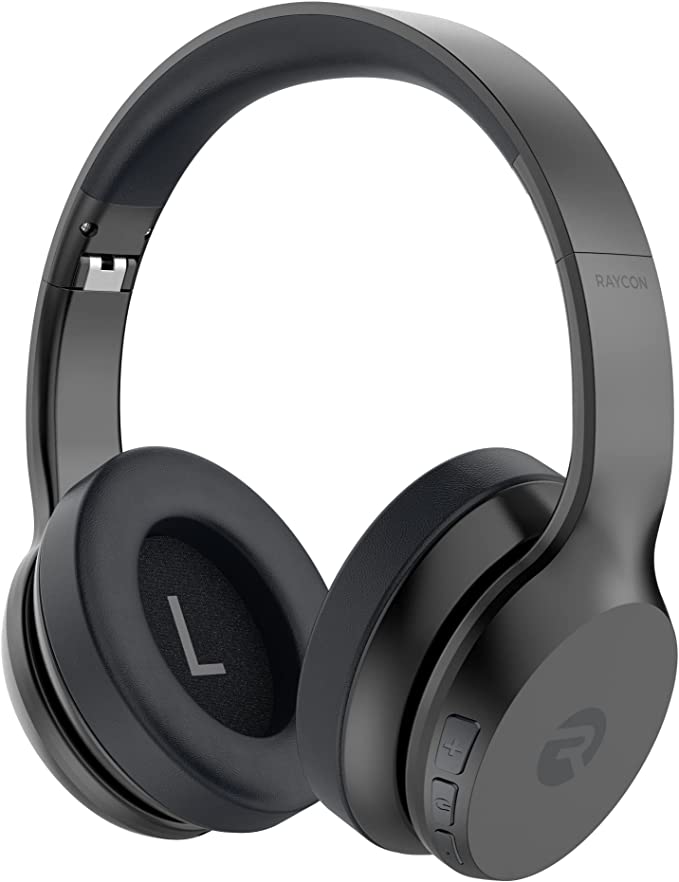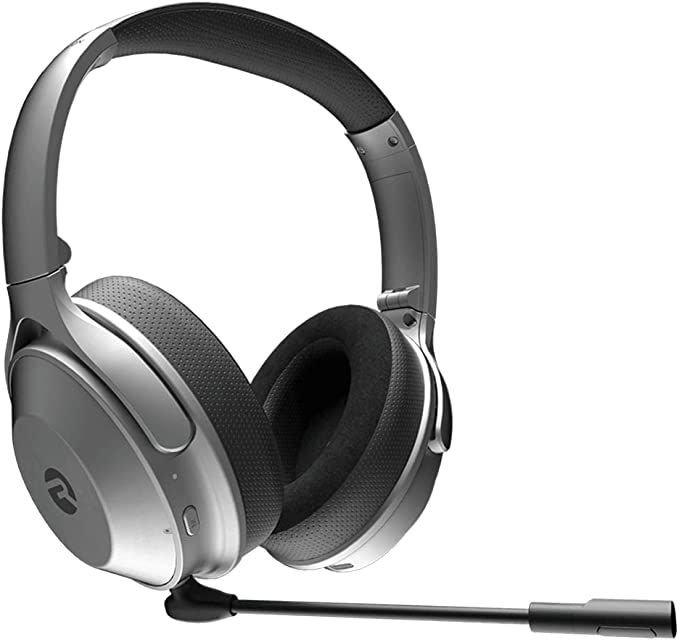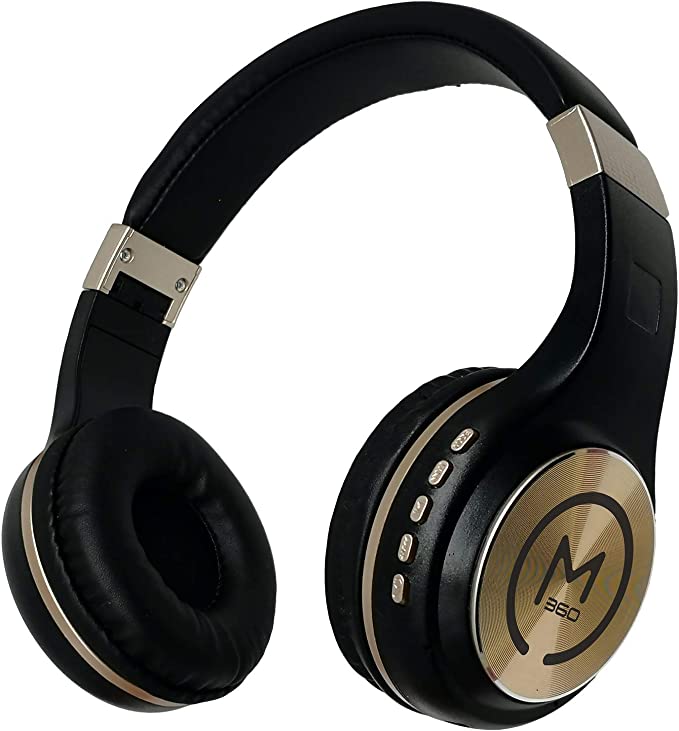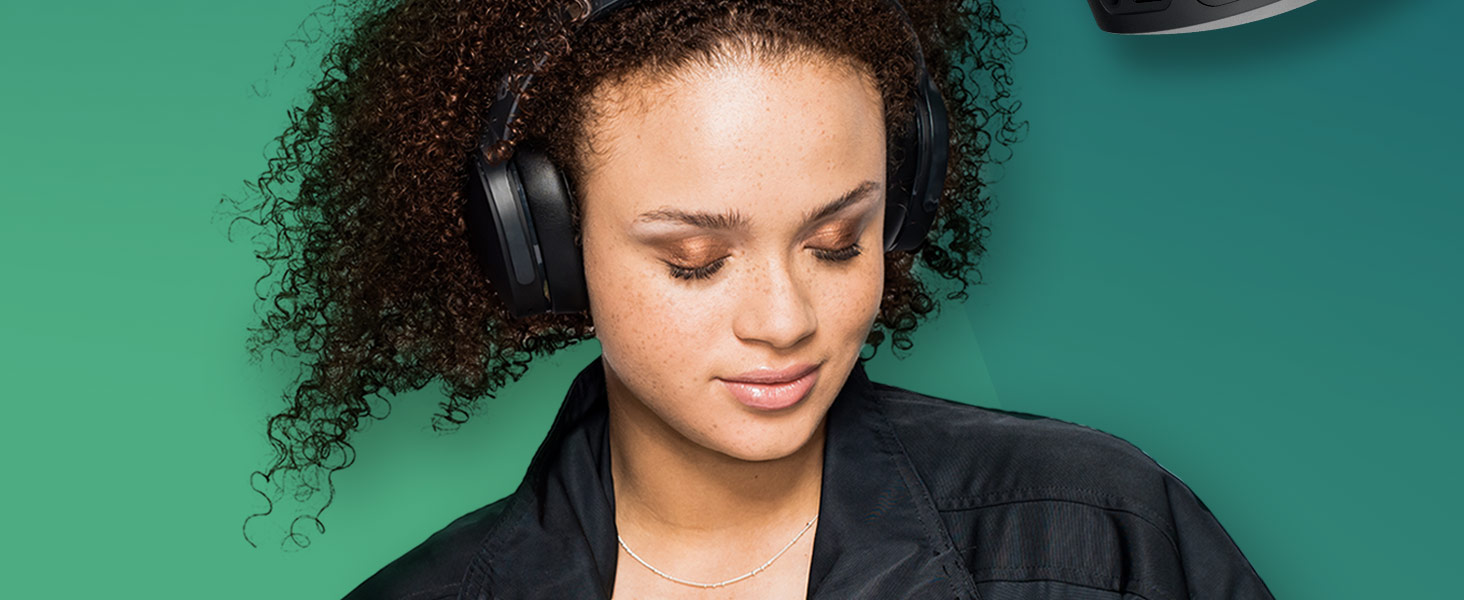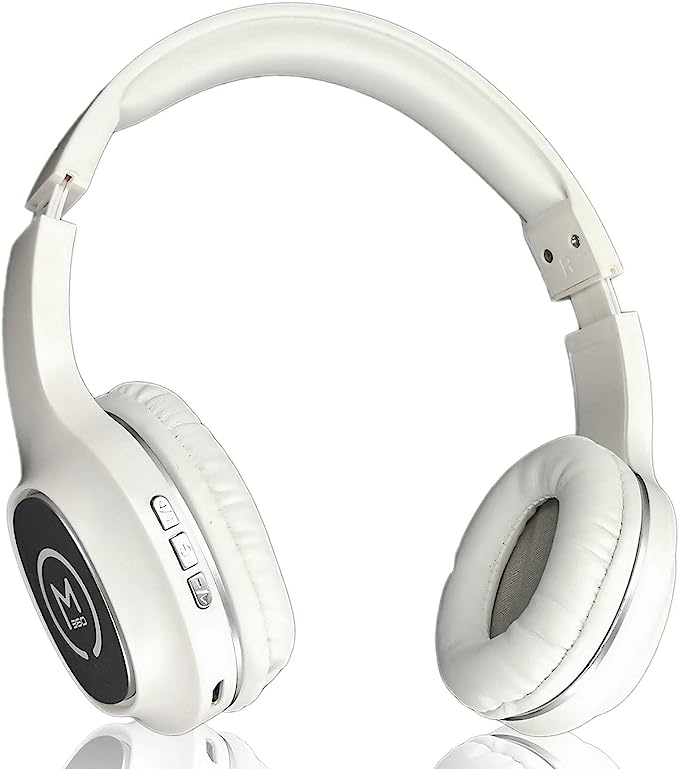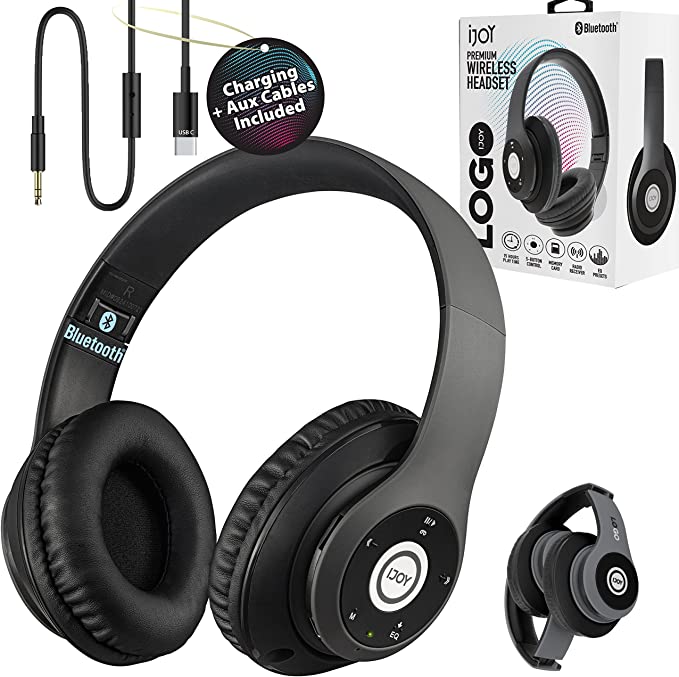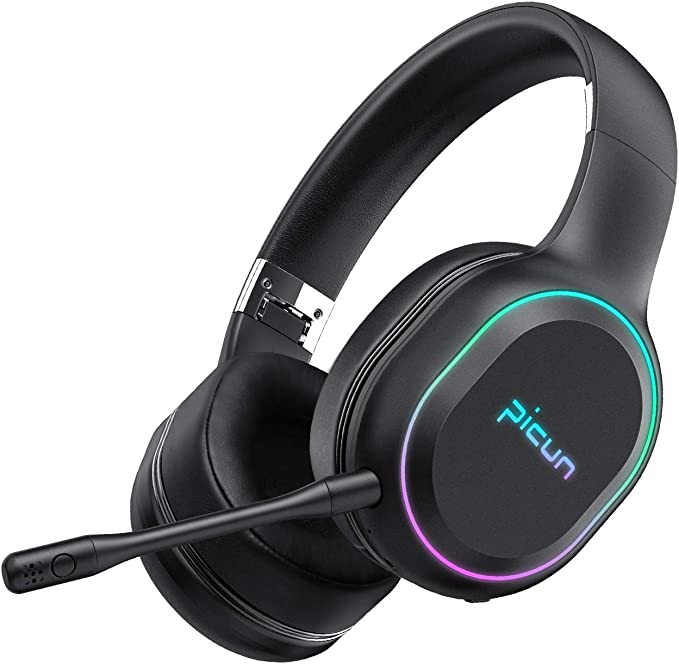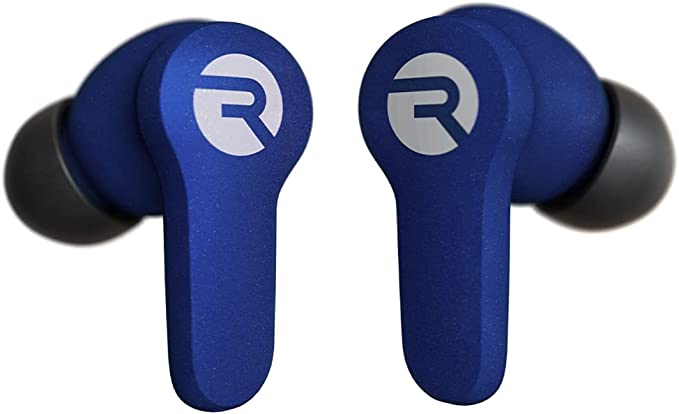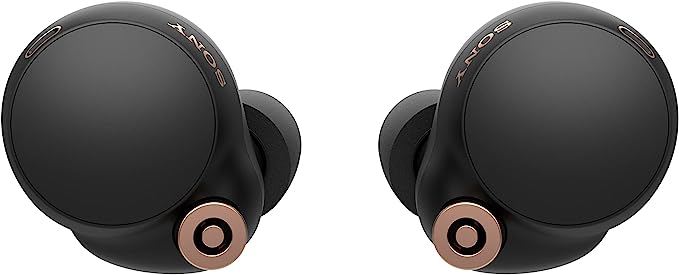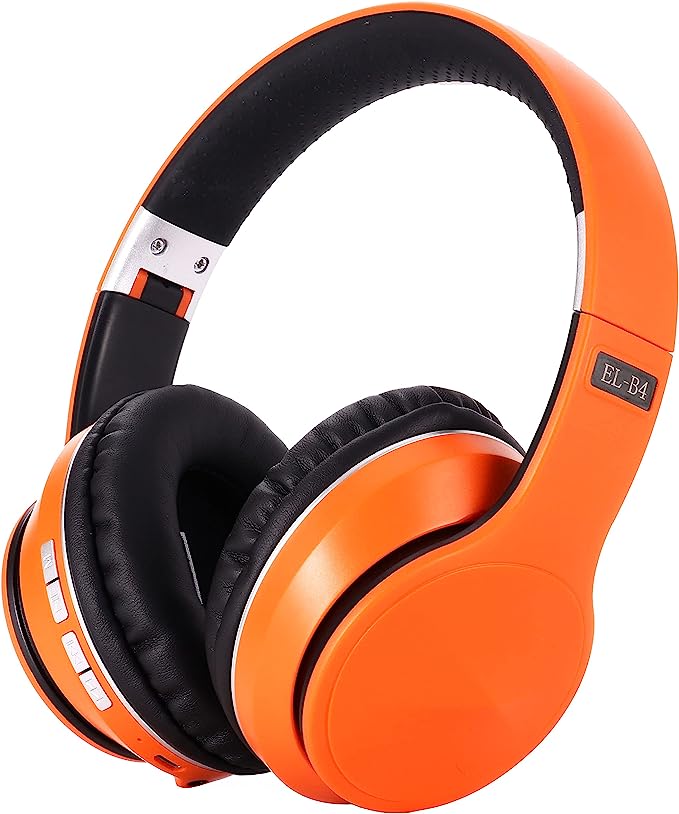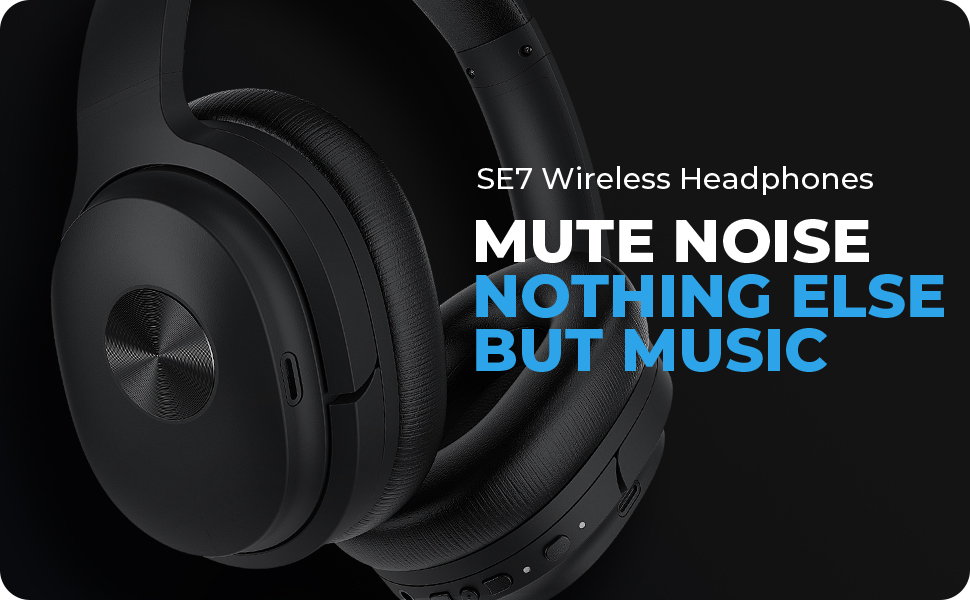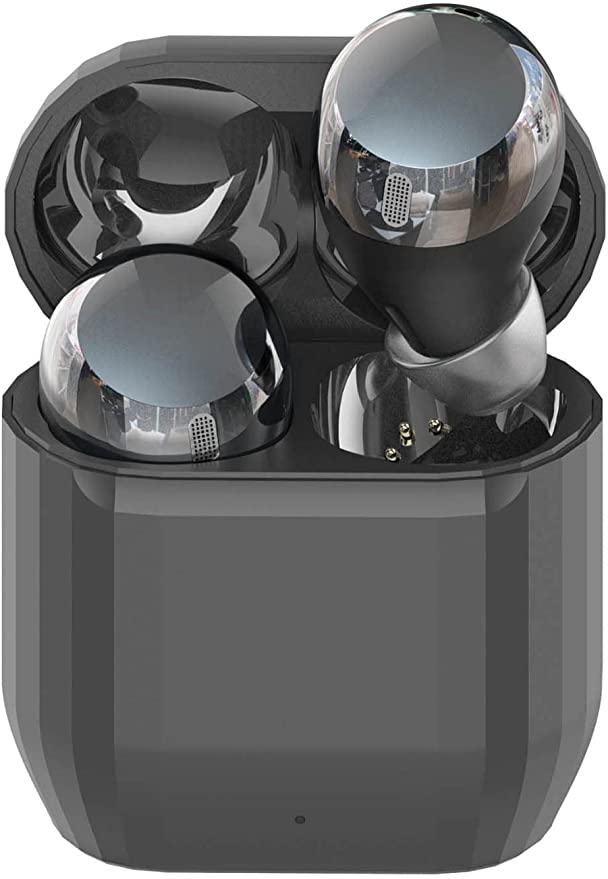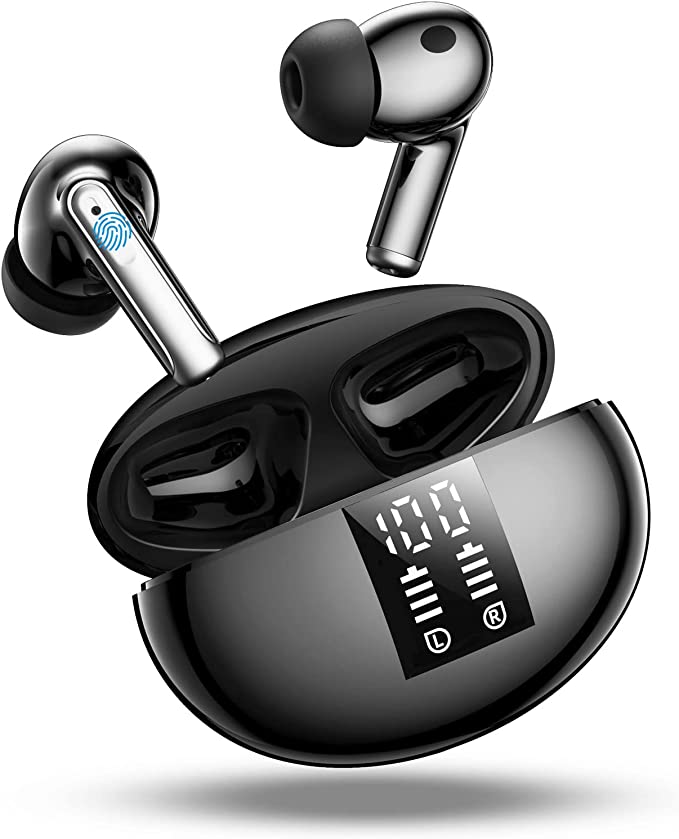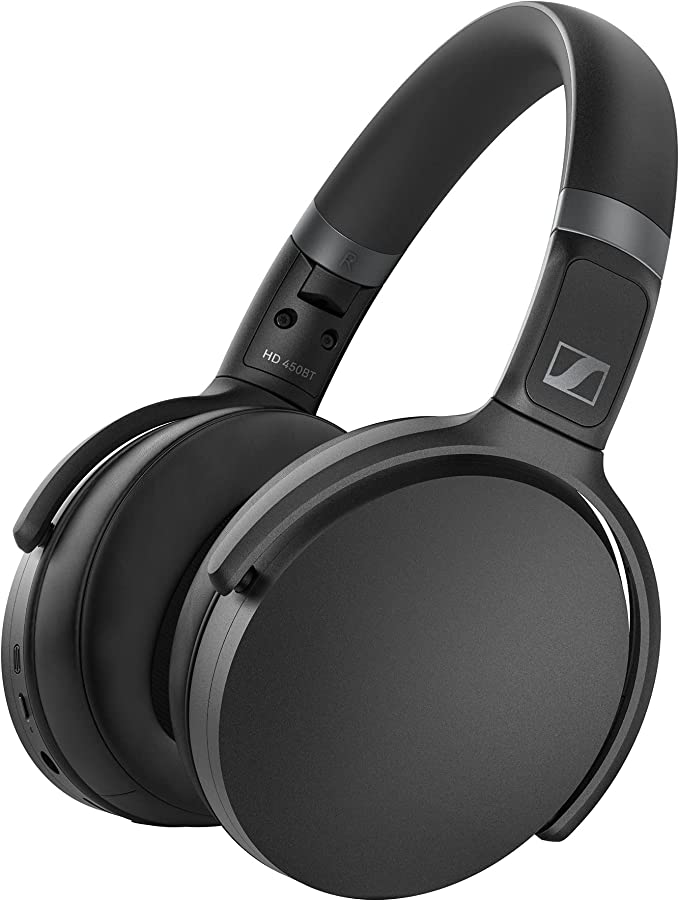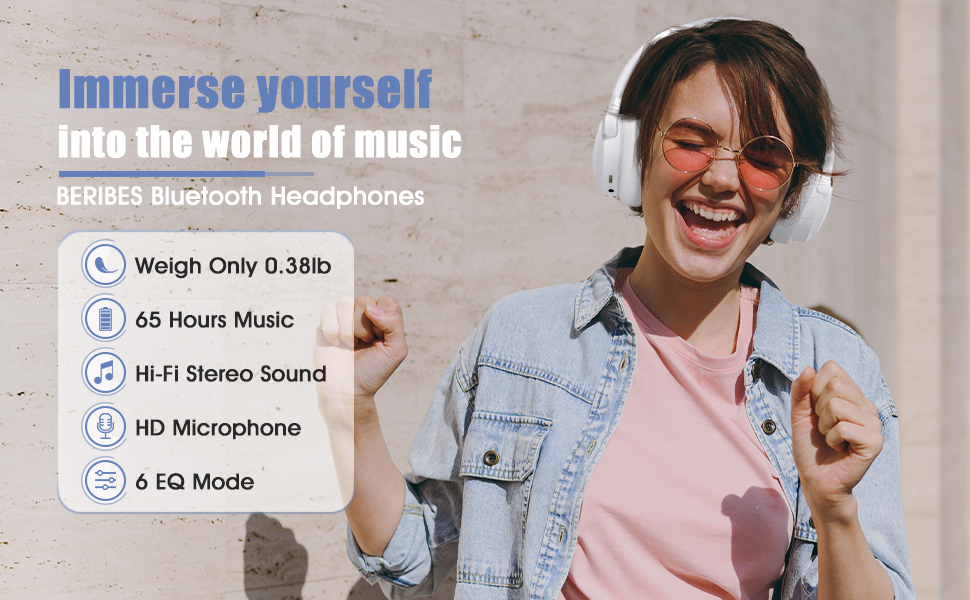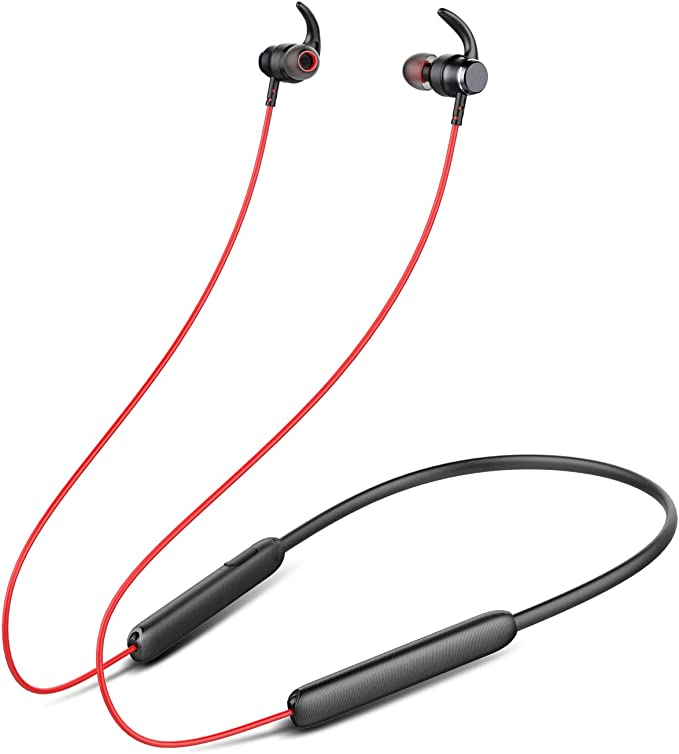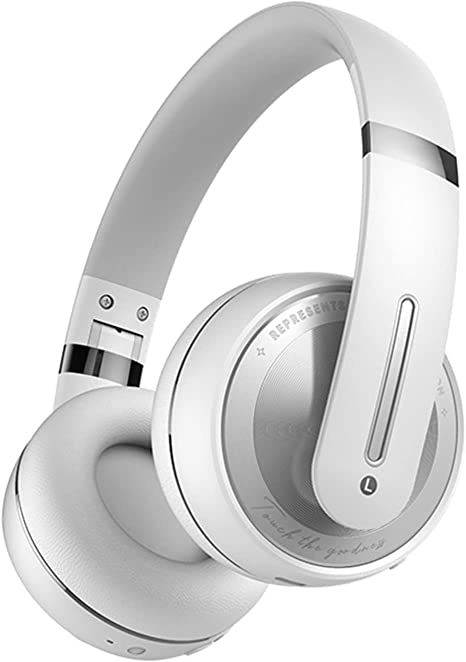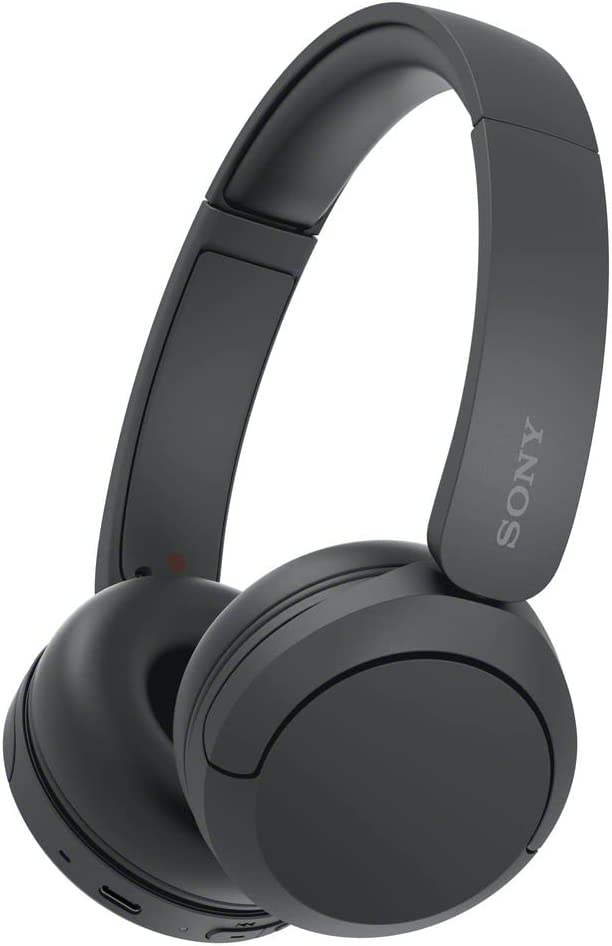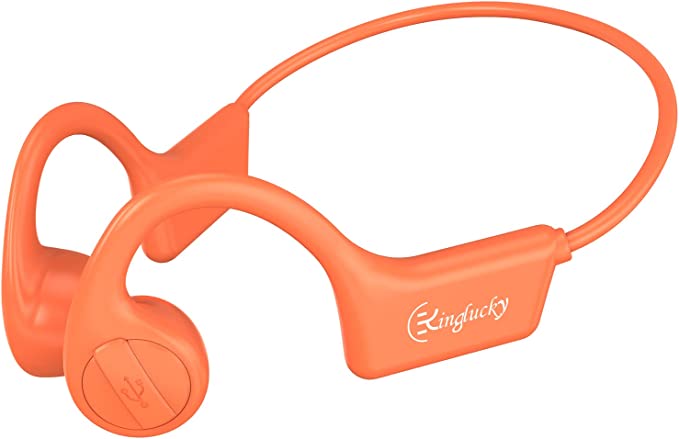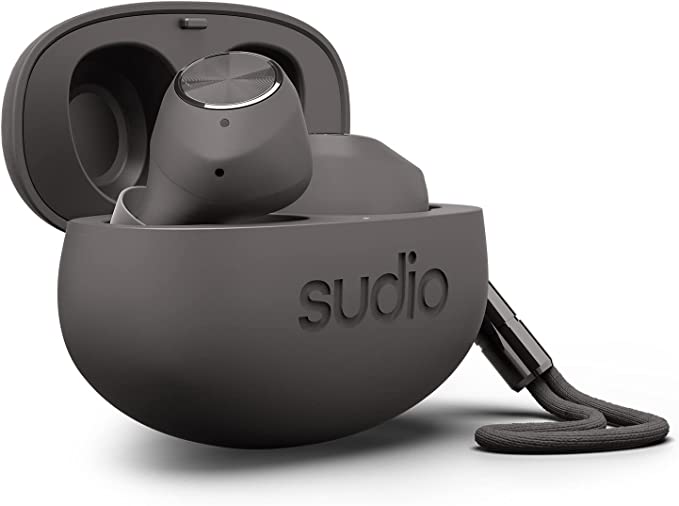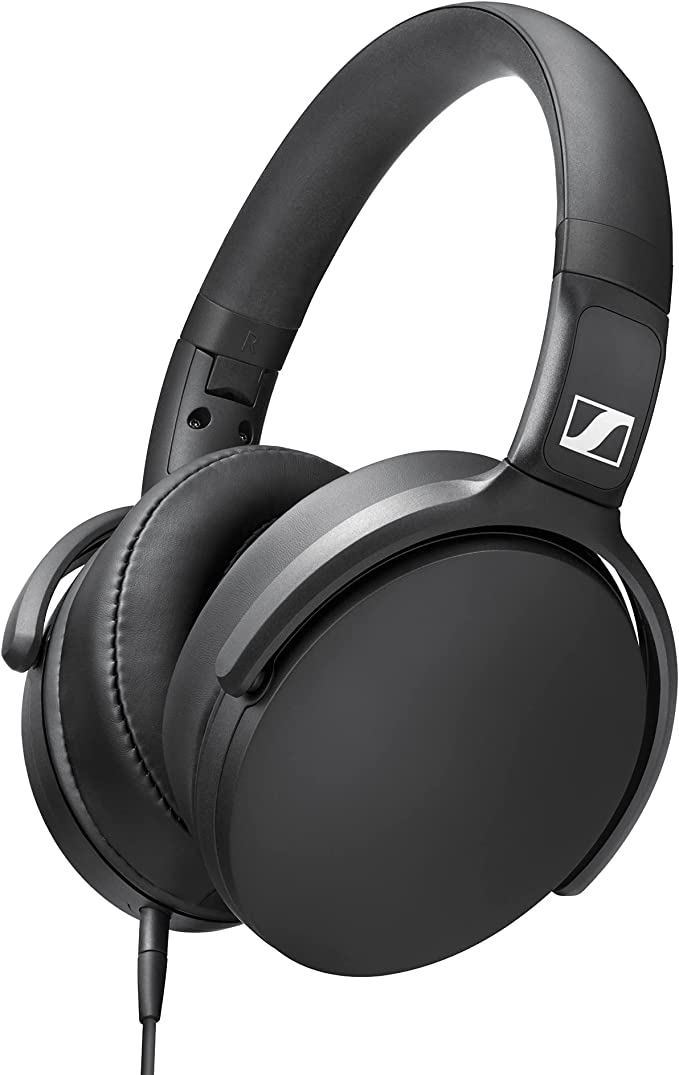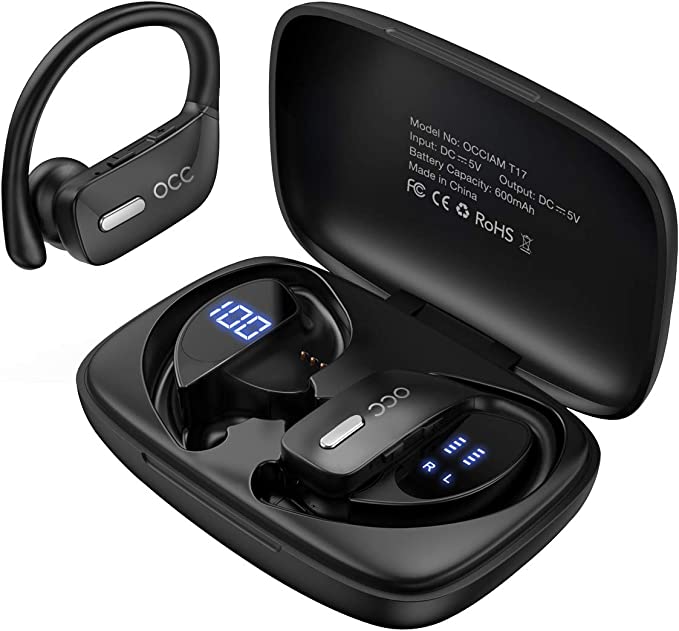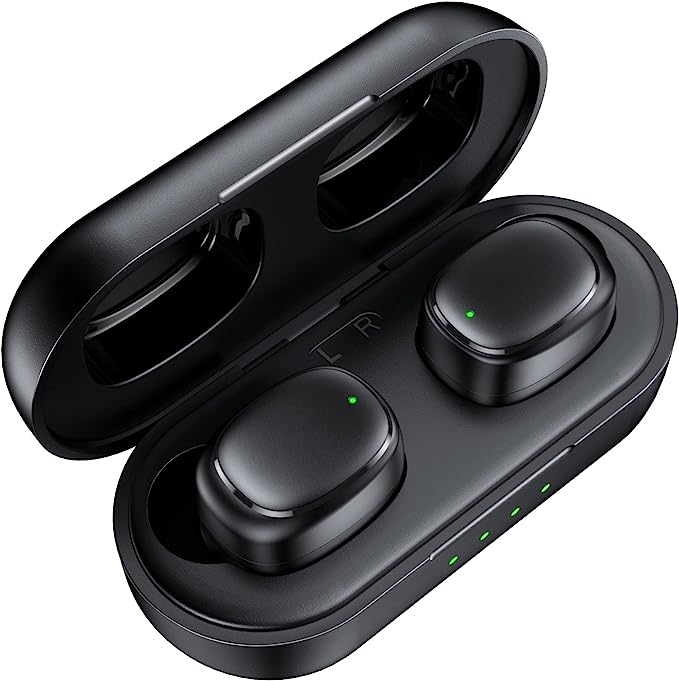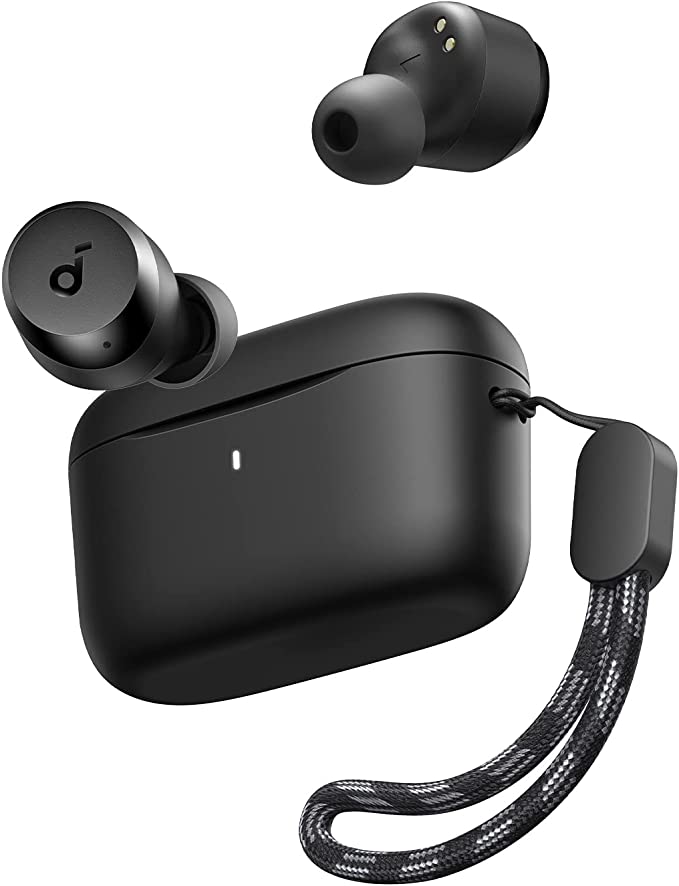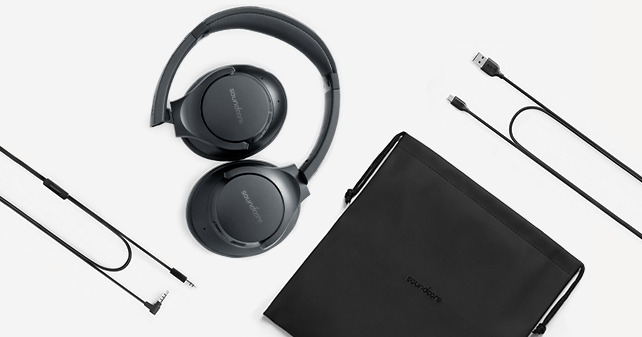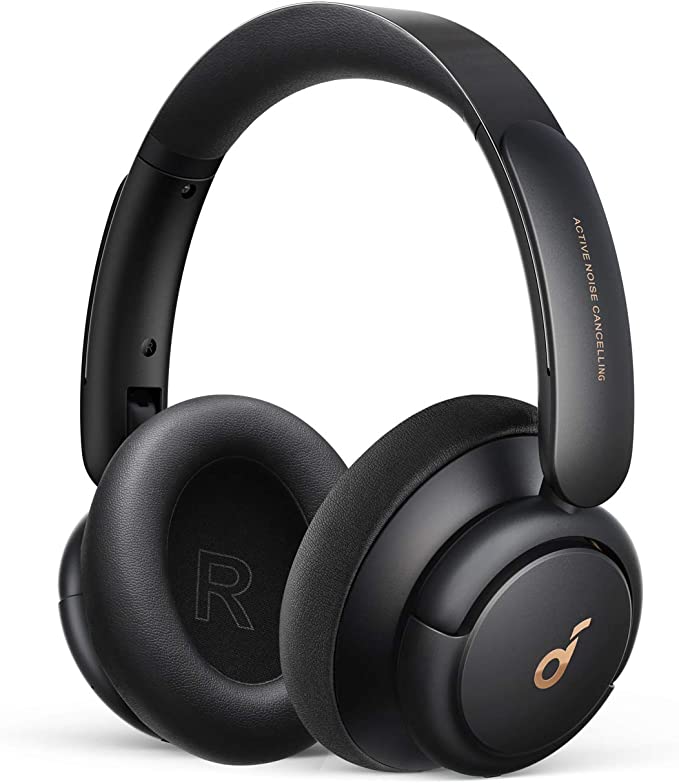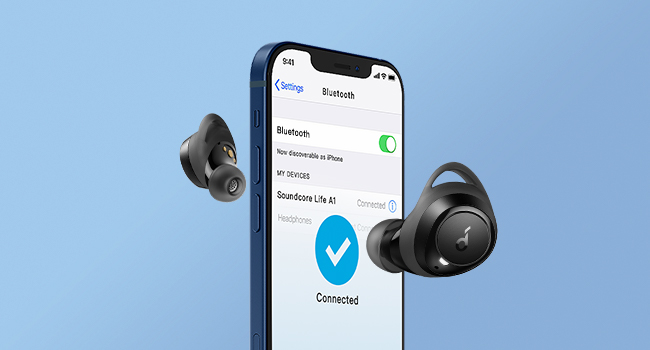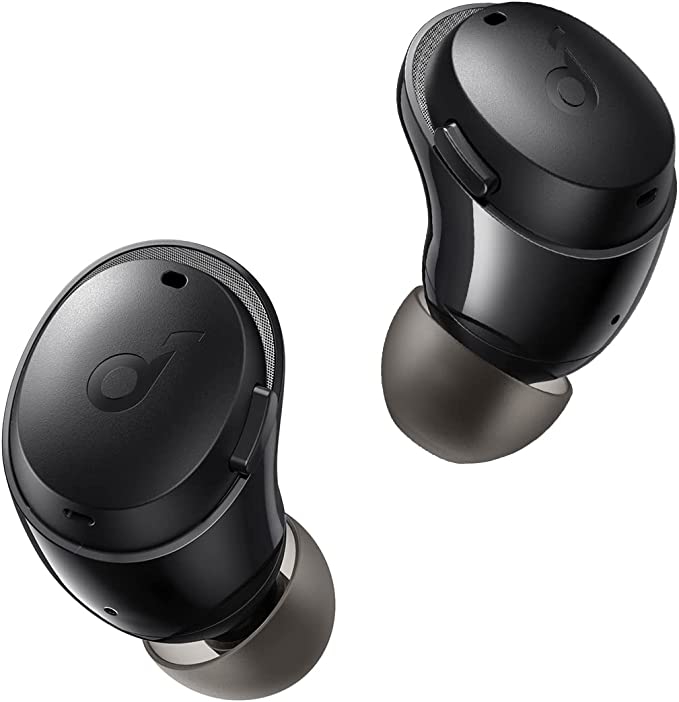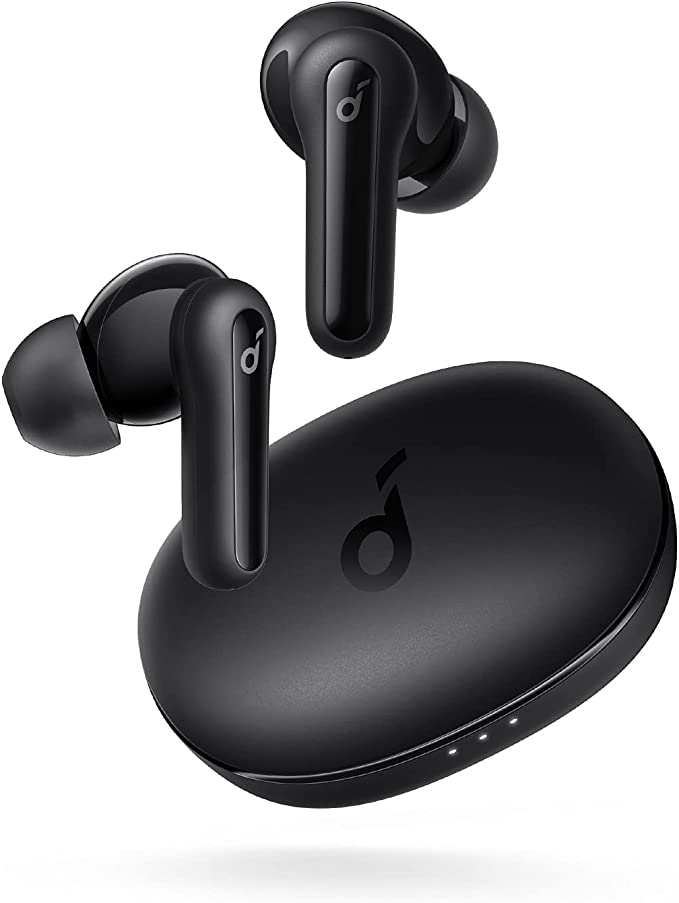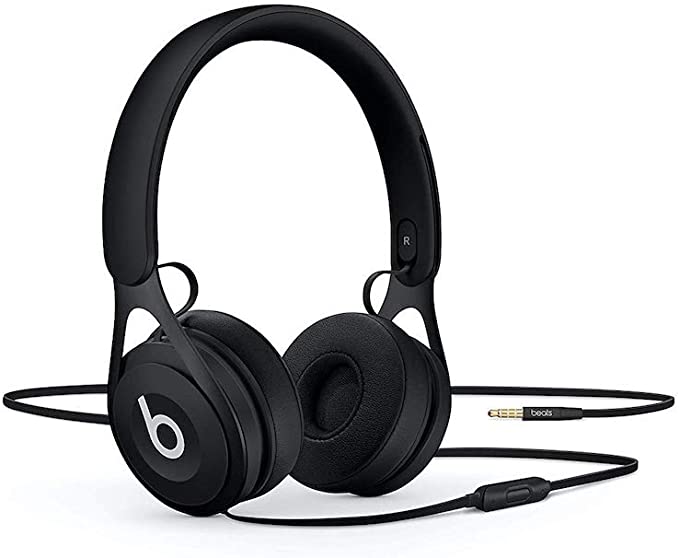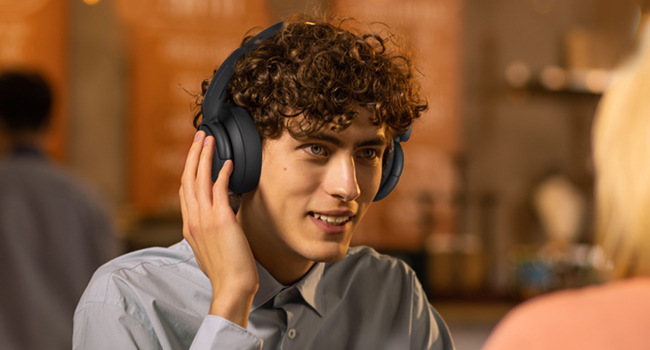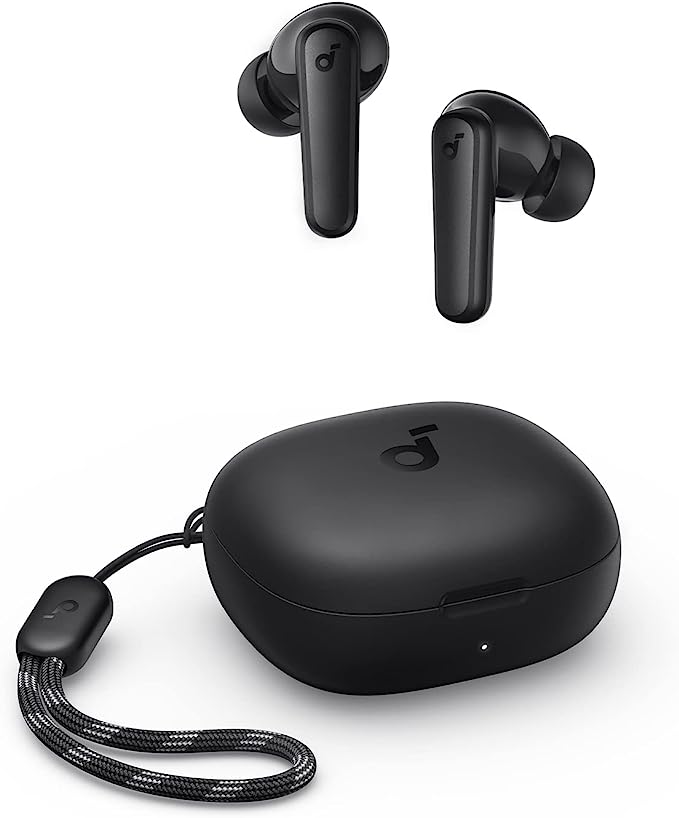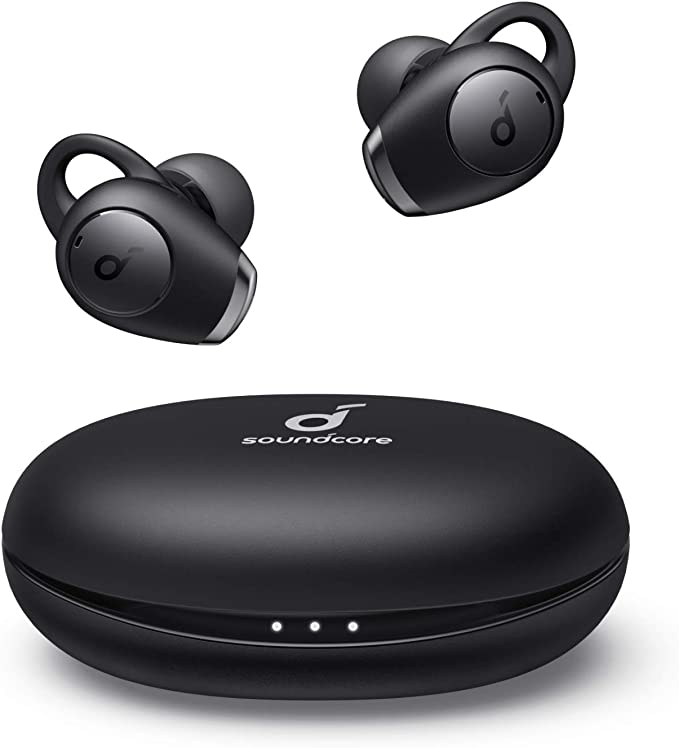JBL Live 650BTNC Bluetooth Wireless Noise Cancelling Headphones - The Ultimate Wireless Noise-Cancelling Headphones for Audiophiles
Update on June 20, 2025, 4:32 a.m.
Ever find yourself on a bustling train, in a chattering office, or simply walking down a noisy street, craving just a little pocket of peace? Or perhaps you’re yearning to dive deep into the layers of your favorite song, uninterrupted by the world’s clamor. In our often-cacophonous modern lives, the ability to control our personal soundscape feels less like a luxury and more like a necessity. This is where headphones like the JBL Live 650BTNC Around-Ear Wireless model step onto the stage, promising not just to play music, but to weave an immersive auditory experience. But how exactly does a pair of headphones conjure this near-magical shield of sound and silence? Let’s tune in and explore the fascinating science at play.

The Conductor of Quiet: Demystifying Active Noise Cancellation (ANC)
One of the most lauded features of the JBL Live 650BTNC is its Active Noise Cancellation, or ANC. It sounds impressive, but what does it really mean to “cancel” noise? Is it some form of sonic black magic? Not quite, but it is a clever and elegant application of physics.
Imagine the unwanted ambient noise around you – the drone of an airplane engine, the hum of office air conditioning, the low rumble of traffic – as a collection of invisible sound waves. These waves, like ripples on a pond, have peaks (crests) and valleys (troughs). The ANC system in these JBL headphones acts like a vigilant conductor. Tiny microphones, strategically placed on the outside of the earcups, are the orchestra’s “scouts,” constantly listening to and analyzing these incoming, unwanted sound waves.
Once these scouts report the “enemy” sound, a sophisticated electronic brain – the chipset inside the headphones – instantly gets to work. Its mission? To compose an “anti-noise” wave. This isn’t just any sound; it’s a precisely engineered mirror image of the offending noise. Where the original intrusive sound wave has a peak, the anti-noise wave has a valley, and vice-versa. Think of it as the sound wave’s “evil twin,” perfectly out of phase.
Now for the magic moment: when these two opposing sound waves meet at your ear, they engage in a phenomenon called destructive interference. The peaks of one wave effectively fill the troughs of the other, and the troughs fill the peaks. The result? They largely cancel each other out, leading to a dramatic reduction in the perceived ambient sound. It’s like a skilled audio engineer hitting the mute button on the world’s ails, or a sonic eraser wiping away the background din. This allows you to focus, to relax, or to simply be present with your chosen audio, undisturbed.
However, it’s worth noting that ANC is a bit of a specialist. It excels at combating consistent, low-frequency drones – think the monotonous hum of a jet engine or the whir of a fan. Sudden, sharp, and unpredictable sounds, like a dog’s bark or a nearby shout, are trickier for ANC to tackle completely, though the physical barrier of the earcup itself offers some help there.

The Heartbeat of Music: Inside the JBL Signature Sound and 40mm Drivers
Silence is golden, but for music lovers, it’s what fills that silence that truly matters. At the core of any headphone’s ability to serenade you are its drivers – the tiny engines that convert electrical signals into the soul-stirring sound waves you hear. The JBL Live 650BTNC is equipped with 40mm dynamic drivers, tasked with delivering what JBL calls its “Signature Sound,” often described as energetic and, in this case, “punctuated with enhanced bass.”
So, how does this miniature marvel work? Imagine a tiny, precision-engineered loudspeaker in each earcup. The key components are a diaphragm (a thin, flexible membrane that acts like a drum skin), a voice coil (a delicate coil of wire attached to the diaphragm), and a powerful permanent magnet. When your phone or music player sends an audio signal – which is essentially a fluctuating electrical current – to the headphones, this current zips through the voice coil. This, in turn, creates a rapidly changing magnetic field around the coil. This newly formed magnetic field then “dances” with the fixed field of the permanent magnet, causing the voice coil, and thus the attached diaphragm, to vibrate back and forth at incredible speeds. These vibrations push and pull the air, creating the pressure waves that your eardrums and brain interpret as music, dialogue, or the immersive soundscape of a game.
The “40mm” refers to the diameter of the diaphragm. Generally, a larger diaphragm has the potential to move more air, which can be particularly beneficial for reproducing low-frequency sounds – the bass that you feel as much as you hear. The stated dynamic frequency response range of 20Hz to 20kHz for these headphones indicates they are designed to cover the full spectrum of typical human hearing, from the deepest rumbles to the most delicate, shimmering highs.
But what about that “JBL Signature Sound”? This isn’t just a marketing buzzword; it represents a specific acoustic target that JBL engineers aim for. Through careful selection of driver materials, earcup acoustics, and electronic tuning, manufacturers sculpt the headphone’s frequency response – essentially its tonal balance across all frequencies. The “enhanced bass” characteristic suggests a deliberate emphasis in the lower frequency range, catering to modern music tastes and delivering a more visceral impact. It’s a blend of acoustic science and a touch of sonic artistry, aiming to create a listening experience that is both engaging and faithful to the spirit of the music.

Cutting the Cord: The Freedom of Bluetooth
The “BT” in Live 650BTNC proudly stands for Bluetooth, the wireless technology that has liberated our listening from the tyranny of tangled cables. Think back just a couple of decades, and the idea of high-quality, untethered audio was more dream than reality. Bluetooth changed that, offering a standardized way for devices to communicate wirelessly over short distances.
The JBL Live 650BTNC employs Bluetooth version 4.2. When you pair your headphones with your smartphone, laptop, or tablet, they establish a robust radio link, typically in the 2.4 GHz frequency band. Your audio device then compresses the digital audio data and transmits it to the headphones. Inside the headphones, this data is received, decompressed, and converted back into an analog electrical signal ready to power those 40mm drivers. Bluetooth 4.2 provides a good balance of connection stability, reasonable power efficiency (important for battery life), and sufficient bandwidth for enjoyable audio streaming.
Now, a quick peek behind the curtain at something called audio codecs. When audio is sent over Bluetooth, it needs to be “packaged” (encoded) by the sending device and “unpacked” (decoded) by the headphones. The specific “language” used for this packaging is the codec. The most universal codec is SBC (Subband Codec), which all Bluetooth audio devices support. While functional, SBC is like a basic translator. Other, more advanced codecs (like AAC, favored by Apple devices, or aptX, found in many Android phones – though specific codec support for the 650BTNC isn’t detailed in the provided info) can act like more skilled translators, potentially offering better audio fidelity or lower latency (the slight delay between the source and what you hear).
A particularly neat trick up the Live 650BTNC’s sleeve is Multi-Point Connection. Imagine listening to a fascinating podcast on your laptop when your phone rings. With multi-point, the headphones can be connected to both devices simultaneously, allowing you to seamlessly pause the podcast and take the call, then switch back just as easily. It’s a small touch of tech genius that makes a big difference in daily convenience.

The Endurance Test: Powering Your Sonic Journey
All this wireless wizardry and noise-canceling prowess needs a reliable power source. After all, what good is a sound bubble if it deflates halfway through your journey or workday? The JBL Live 650BTNC boasts impressive stamina: up to 30 hours of music playback with Active Noise Cancellation turned off, and a still very respectable 20 hours with ANC engaged. When the inevitable finally happens and the battery icon flashes red, a 2-hour charge will bring them back to full strength, ready for your next audio adventure.
This impressive longevity is a testament to the advancements in modern lithium-ion (or lithium-polymer) battery technology. These batteries pack a lot of energy into a relatively small and lightweight form factor – a crucial consideration for headphones designed to be worn comfortably for extended periods, like these 249-gram (9.14 oz) companions. It’s not just the battery itself, though. Efficient power management within the headphone’s circuitry, including the Bluetooth module and the ANC processing, plays a vital role in sipping, rather than gulping, that precious stored energy.
Beyond Sound: Intelligent Comfort and Control
The technological tapestry of the JBL Live 650BTNC extends beyond just sound reproduction and noise cancellation. It’s woven with threads of smart convenience and ergonomic design. Need to send a quick message, check the weather, or play your favorite playlist without fumbling for your phone? A simple tap on the earcup can activate Google Assistant or Amazon Alexa. This seamless integration relies on the sophisticated science of voice recognition – your spoken command is captured by the built-in microphone, processed, and relayed to your phone’s AI, bringing the power of your digital assistant directly to your ears.
Speaking of microphones, they also enable clear hands-free calls. Designing microphones that can pick up your voice clearly while minimizing background noise in a variety of environments is a constant challenge for audio engineers, involving careful microphone placement and sometimes, clever noise-reduction algorithms specifically for voice.
And then there’s the physical design. The “Around-Ear” (or over-ear) style means the earpads fully encircle your ears. This does two important things: firstly, it creates a physical seal that provides a degree of passive noise isolation – blocking out some external sound even before the ANC kicks in. Secondly, by distributing pressure around the ear rather than directly on it, this design generally offers better comfort for those long listening sessions. The lightweight construction further enhances this, ensuring the headphones don’t become a burden. And for the listener on the go, the foldable design means they can be neatly tucked away into the included carrying pouch, ready for action whenever and wherever you are.

Coda: Your World, Your Sound, Uninterrupted
In the JBL Live 650BTNC, we see a fascinating ensemble performance. The physics of wave cancellation in ANC, the electromechanical artistry of the 40mm drivers, the radio-frequency ballet of Bluetooth, the chemical energy stored within its battery, and the thoughtful ergonomics of its design – all these elements work in concert. Their collective goal? To provide you with a tool to curate your personal audio environment, to mute the distractions, and to let your chosen sound take center stage.
It’s a reminder that behind every piece of seemingly simple technology, there’s a world of science, engineering, and design, all striving to make our interaction with the world – and in this case, the world of sound – just a little bit better, a little more personal, and a lot more enjoyable. As audio technology continues its rapid evolution, one can only wonder what new symphonies of silence and sound await us just around the corner.

